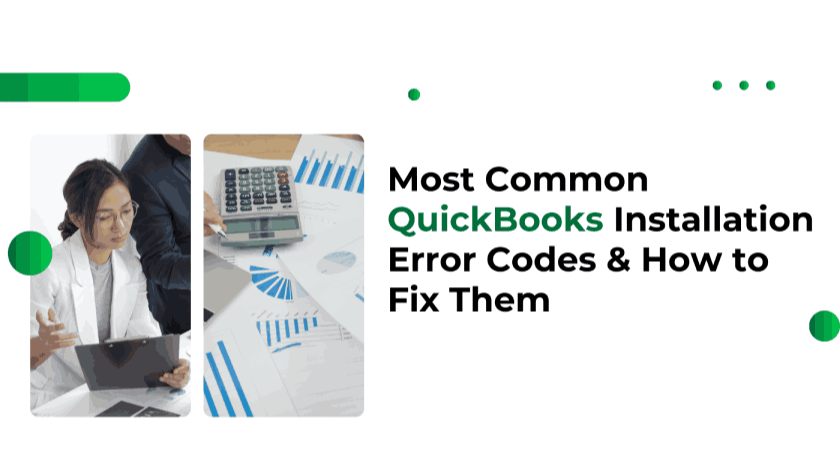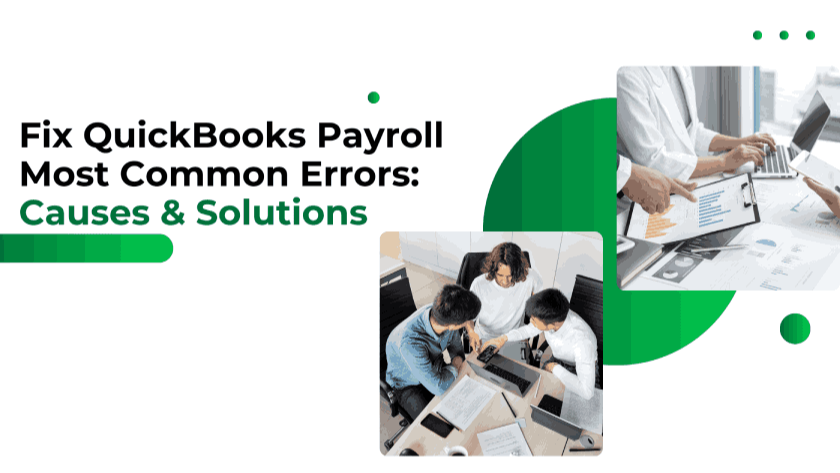Managing financial data effectively is essential for accountants, and opening QuickBooks Enterprise files in QuickBooks Accountant is a frequent requirement. Whether you are handling a client’s financial records or managing multiple accounts, understanding the correct process ensures seamless operations without data loss or errors.
Why Open QuickBooks Enterprise Files in QuickBooks Accountant?
Many businesses rely on QuickBooks Enterprise due to its advanced features, while accountants often use QuickBooks Accountant to analyze, review, and correct financial data. Opening an Enterprise file in QuickBooks Accountant allows for better data management, error detection, and detailed reporting. This integration ensures efficiency and accuracy when dealing with complex financial records.
Benefits of Opening QuickBooks Enterprise Files in QuickBooks Accountant
Before proceeding with the step-by-step guide, let’s look at some key reasons why you should open QuickBooks Enterprise files in QuickBooks Accountant:
-
Improved Financial Control – QuickBooks Accountant provides specialized tools such as the Client Data Review feature, making it easier to clean up and correct financial records.
-
Error Detection and Resolution – Identifying and fixing discrepancies related to transactions, reconciliations, or data entry is much easier within QuickBooks Accountant.
-
Enhanced Reporting Capabilities – QuickBooks Accountant allows for in-depth financial reporting, including tax preparation, customized reports, and financial reviews.
-
Seamless File Compatibility – QuickBooks Accountant is designed to support QuickBooks Enterprise files without any major compatibility issues, ensuring smooth data transition.
With these advantages in mind, let’s go through the steps required to open a QuickBooks Enterprise file in QuickBooks Accountant.
Step-by-Step Guide to Opening a QuickBooks Enterprise File in QuickBooks Accountant
Step 1: Ensure Compatibility
Before opening the file, confirm that your QuickBooks Accountant software is updated to the latest version. Using an outdated version can lead to compatibility issues and prevent you from accessing certain features.
Step 2: Create a Backup of the QuickBooks Enterprise File
Before making any changes, it is always a good practice to create a backup of the original file. This safeguards data in case any issues arise. Follow these steps:
-
Open QuickBooks Enterprise.
-
Navigate to File > Back Up Company > Create Local Backup.
-
Follow the on-screen instructions to save a backup copy.
This backup file ensures you can revert to the original data if needed.
Step 3: Convert the File If Required
In some cases, you may need to convert the QuickBooks Enterprise file before opening it in QuickBooks Accountant. If your versions are already compatible, you can skip this step. However, if conversion is needed, follow these steps:
-
Open QuickBooks Accountant.
-
Go to File > Open or Restore Company.
-
Choose Convert a QuickBooks Enterprise File to QuickBooks Accountant.
Once converted, the file will be accessible and fully functional in QuickBooks Accountant.
Step 4: Open the QuickBooks Enterprise File
Once you have confirmed compatibility and backed up your data, proceed to open the file in QuickBooks Accountant:
-
Open QuickBooks Accountant.
-
Navigate to File > Open or Restore Company.
-
Select Open a Company File.
-
Locate the QuickBooks Enterprise file on your computer.
-
Click Open and allow the file to load.
The system will process the data and provide access to all financial records.
Step 5: Use Client Data Review for Error Checking
A significant benefit of QuickBooks Accountant is the Client Data Review tool. This tool helps accountants identify errors and improve data accuracy.
-
Open Accountant Tools > Client Data Review.
-
Select the areas you want to review, such as accounts receivable, accounts payable, bank reconciliation, or inventory.
-
Review the data for any inconsistencies or incorrect transactions.
This step ensures that the financial data is accurate and up to professional standards before making any further modifications.
Step 6: Save Changes and Share the File
After making necessary changes, save your progress and create a shareable version of the file for your client or business records.
To do this:
-
Navigate to File > Save Copy or Backup.
-
Choose Create a Portable Company File if you need a smaller, easily transferable file.
-
Save the file in a secure location and share it with your client as needed.
Common Issues When Opening QuickBooks Enterprise Files
Despite QuickBooks Accountant’s ability to open QuickBooks Enterprise files, you may encounter some challenges. Below are common issues and their solutions:
1. Compatibility Errors
If you experience compatibility issues, ensure that both QuickBooks Enterprise and QuickBooks Accountant are updated to the latest version. Opening a newer Enterprise file with an outdated Accountant version can result in errors.
2. Data Conversion Issues
Some data fields may not convert properly when transitioning between different QuickBooks versions. Always check the Data Conversion Summary to review any missing or altered information.
3. Large File Size Problems
If the Enterprise file is too large, it may take longer to open or cause performance issues. Consider reducing the file size by archiving old transactions or creating a portable company file before opening it in QuickBooks Accountant.
Best Practices for a Smooth Process
To avoid errors and ensure a seamless experience, follow these best practices:
-
Keep Your Software Updated – Regular updates improve compatibility and functionality.
-
Always Create a Backup – Having a backup file protects against data loss.
-
Utilize Accountant Tools – Features like Client Data Review help maintain data accuracy and efficiency.
Opening a QuickBooks Enterprise file in QuickBooks Accountant by QB Advisors LLC is a straightforward process when you follow the correct steps. By ensuring compatibility, creating backups, converting files if necessary, and utilizing built-in tools, accountants can efficiently manage financial data without any risks.
Whether you are handling a single business account or managing multiple clients, mastering this process will help streamline your accounting tasks and improve overall efficiency.
 11183 Stone brook Dr. Manassas VA 20112
11183 Stone brook Dr. Manassas VA 20112
 Mon-Fri : 09:30 Am - 06:24 Pm
Mon-Fri : 09:30 Am - 06:24 Pm





